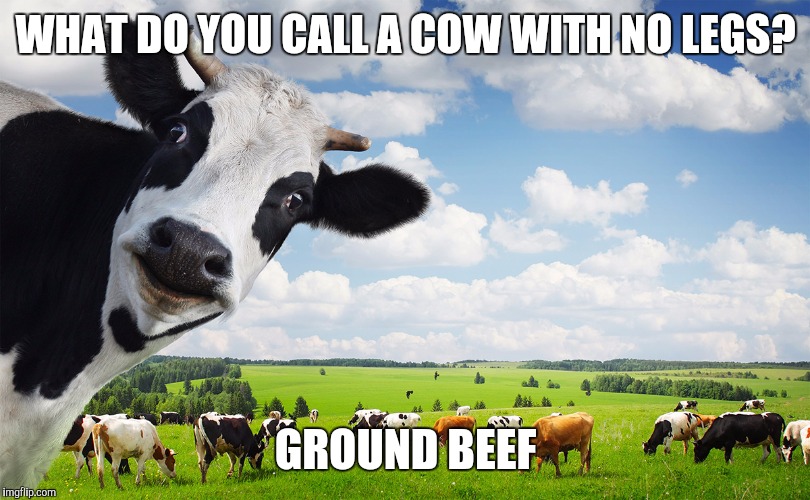Calories in 80/20 Ground Beef Explained

Alright, so what exactly is 80/20 ground beef? And why should you care?
Let me break it down: 80/20 ground beef contains about 290 calories per 4-ounce raw serving, with roughly 23 grams of fat and a solid 19-21 grams of protein. Oh, and zero carbs – which is why your keto friends are obsessed with it.
That “80/20” isn’t just random numbers – it means 80% lean meat and 20% fat. That fat ratio is what makes your burgers juicy and your meatloaf something worth getting excited about.
The Full Nutritional Breakdown (Warning: Food Nerd Content Ahead)
Let’s get into the nitty-gritty of what’s actually in that package of ground beef you’re considering for dinner:
Calories: About 287-290 per 4 oz raw serving. And yep, most of those calories (around 200-210) come from fat. If you go grass-fed, you might save a few calories – around 257 per 100g.
Fat content: You’re looking at 22-23 grams total, with about 9 grams being saturated fat. There’s also a small amount of trans fat (1-1.5 grams) naturally occurring in beef – not the same as the artificial trans fats we’re told to avoid.
Protein punch: A solid 19-21 grams per serving. This is the stuff that helps repair your muscles after that workout you keep promising yourself you’ll do.
Cholesterol: Contains about 75-80 mg per serving, which is roughly 25-27% of what’s recommended daily if you’re on a 2,000 calorie diet.
Carbs and sugars: Zero, nada, zilch. This is why carnivore diet people won’t shut up about beef.
Micronutrient magic: Here’s where beef really shines – it’s packed with iron (about 10% of your daily needs), zinc, selenium, and a bunch of B vitamins that help your body actually use the energy from food.
When you cook 80/20 beef, it gets even more calorie-dense because water evaporates. For example, a baked meatloaf (about 350 grams) contains around 785 calories and nearly 50 grams of fat. So yeah, portion control matters.
Why People Love (or Avoid) 80/20 Ground Beef

The Good Stuff
Flavor explosion: That 20% fat is basically flavor insurance. It’s why restaurant burgers taste better than the sad, dry hockey pucks you might make with super-lean beef.
Cooking versatility: Works great for burgers, meatloaf, tacos, pasta sauce – pretty much anywhere you want beef to taste like, well, beef.
Nutrient density: Few foods pack as much nutrition in a single serving. It’s like nature’s multivitamin with protein attached. The zinc and B12 content alone make it nutritionally significant.
The Not-So-Good Stuff
Fat concerns: The saturated fat content isn’t insignificant. While nutrition science is constantly evolving on this topic, moderation is probably still smart.
Safety first: You absolutely need to cook ground beef to 160°F (71°C) internal temperature. No medium-rare burgers unless you want to risk a very unpleasant bathroom experience.
Environmental footprint: Beef production requires more resources than many other protein sources, though grass-fed and regeneratively raised beef can actually have environmental benefits in some cases.
Grass-Fed vs. Conventional: Does It Matter?
Grass-fed 80/20 beef generally has slightly fewer calories and more omega-3 fatty acids than conventional beef. The taste is often described as “more beefy” or slightly gamey. Is it worth the extra money? That depends on your priorities and budget.
How I Use 80/20 Ground Beef (Without Going Overboard)

I love 80/20 for burgers because let’s be real – a burger needs fat to be worth eating. But when I’m making something like taco meat or meat sauce, I might drain some of the fat after cooking or mix in mushrooms to bulk it up with fewer calories.
One clever hack: make your burgers with 80/20, but make them thinner and wider than you think you need. They’ll shrink during cooking, and you’ll end up with the perfect size that still has great flavor but doesn’t break your calorie bank.
For the health-conscious among us, you could also go with 90/10 ground beef, which has about 200 calories and 11 grams of fat per 4-ounce serving. You sacrifice some juiciness, but gain some calorie wiggle room.
The Bottom Line on 80/20 Ground Beef

80/20 ground beef is like that friend who makes everything more fun but might occasionally get you into trouble. It’s delicious, versatile, and nutritionally valuable – but it’s also calorie-dense and high in saturated fat.
The smart move? Enjoy it in moderation, cook it properly, and maybe balance it out with plenty of vegetables and whole foods in your overall diet.
And remember: that 80/20 ratio exists for a reason – it’s the sweet spot where beef is both flavorful and still reasonably healthy. Sometimes the middle path really is the best one.

